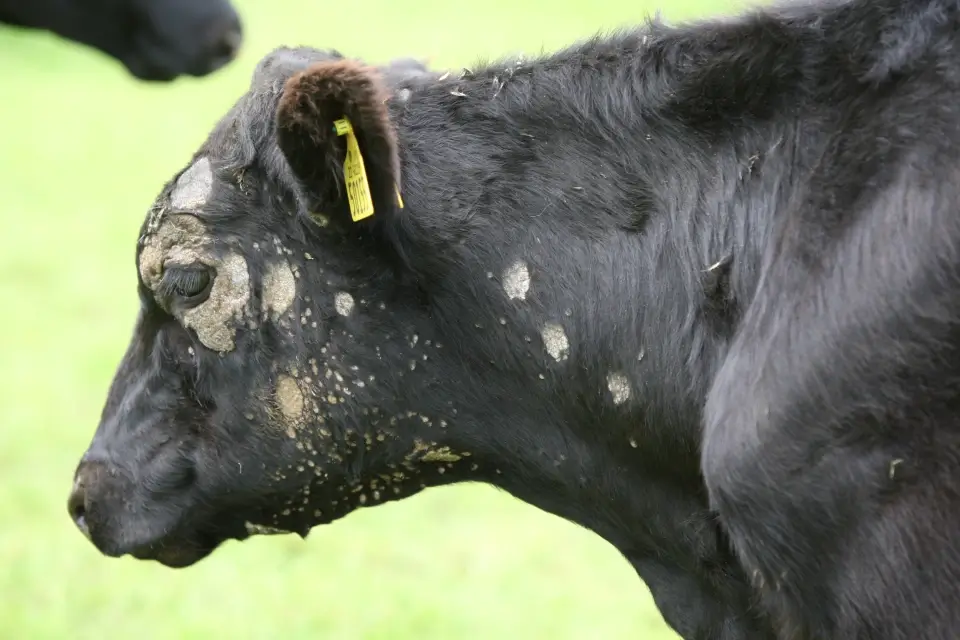Topic Content:
- Common Fungal Diseases in Farm Animals
Fungal diseases are often caused by fungi that are common in the environment. Fungi are non-green plants that include microorganismsMicrobes are organisms that are too small to be seen without using a microscope. They include organisms like bacteria, archaea, and single-cell eukaryotes (organisms whose cells have a nucleus e.g. amoeba... More such as yeasts, moulds and mushrooms.
In animals, disease-causing fungi are mainly parasitic and reproduce by spore formation.
Common fungal diseases in farm animals include;

You are viewing an excerpt of this Topic. Subscribe Now to get Full Access to ALL this Subject's Topics and Quizzes for this Term!
Click on the button "Subscribe Now" below for Full Access!
Subscribe Now
Note: If you have Already Subscribed and you are seeing this message, it means you are logged out. Please Log In using the Login Button Below to Carry on Studying!



Responses